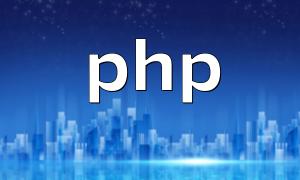In modern web development, setting up a stable and efficient PHP environment is crucial, especially on ARM-based systems. ARM systems, with their low power consumption and high performance, have been widely used in IoT devices, embedded systems, and mobile devices. Therefore, configuring a PHP development environment on ARM systems is a common need for many developers.
ARM architecture excels in performance and power efficiency, making it the preferred choice for embedded development, web development, and other high-performance computing applications. Whether you're developing small embedded software or building web applications, ARM systems provide a stable and low-power solution, ideal for rapid development while meeting processing needs.
Before installing PHP, ensure the following prerequisites are met:
Before installing PHP, it is recommended to update your system's package list to ensure you are installing the latest version of the software. You can do this with the following command:
Installing PHP is the core step in setting up your development environment. You can install PHP directly through the package manager with the following command:
To ensure your PHP environment meets your development needs, you may want to install some common PHP extensions. Below are the commands to install some widely-used extensions:
Once the installation is complete, you need to verify whether PHP was installed correctly. You can check the installed PHP version with the following command:
If everything is working correctly, the system will display the installed PHP version information, confirming that PHP has been installed successfully.
For a more stable PHP environment, you may need to modify the php.ini configuration file based on your needs. Typically, the php.ini file can be found at the following path:
Adjust settings such as memory limits and file upload size, then save the file to apply the changes.
If you want to run PHP through a web server, you will need to install a suitable web server, such as Apache or Nginx. For Apache, you can install it using the following command:
This guide has shown you how to easily set up a PHP development environment on ARM-based systems. With just a few simple steps, you can install PHP, configure common extensions, and enable web server support. Whether you're developing web applications or working on embedded systems, ARM systems provide excellent performance and stability.
If you encounter any issues during installation, referring to official documentation and related community discussions will be helpful. Now, you can begin using PHP for development and enjoy the performance benefits of ARM systems.









